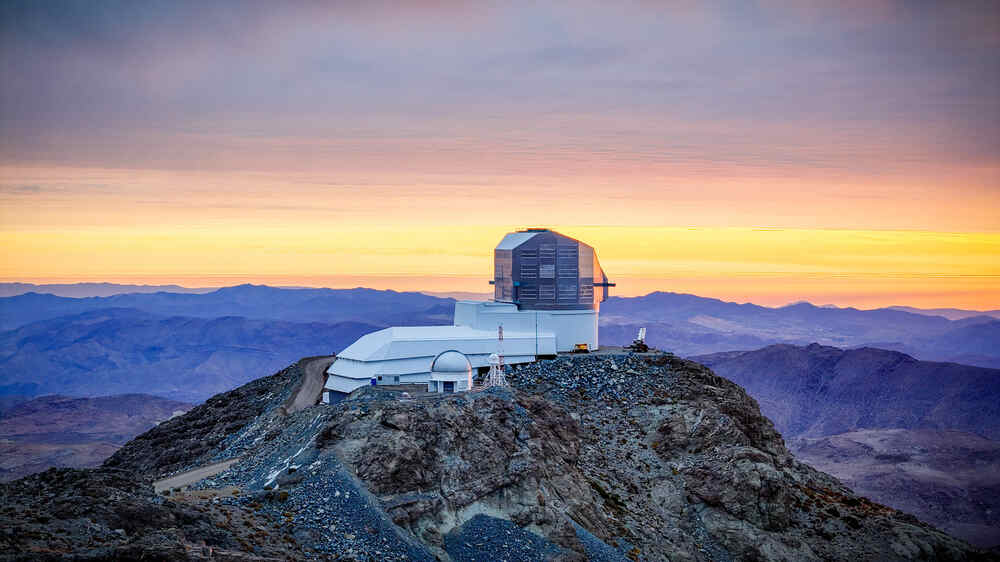THE LATEST
Duke researchers build a prototype of the cosmos

The desire to explore the mysteries of the universe has fascinated people for generations. Thanks to the efforts of researchers and scientists, we are on the brink of a new era in celestial discovery. The upcoming launch of the Vera C. Rubin Observatory in 2025 and the NASA Nancy Grace Roman Space Telescope in 2027 are expected to reveal the secrets of galaxies and stars, expanding our understanding of the cosmos. Even before the launch of these advanced instruments, a team at Duke University is already developing a prototype of the universe, offering a glimpse of what lies ahead.
This ambitious project is heavily reliant on supercomputing. In preparation for the massive data flow expected from these telescopes, Duke's physics professor, Michael Troxel, has led an extraordinary effort to create a virtual replica of the cosmos. Each simulated image contains about 80,000 galaxies and objects, making the task incredibly complex. To computationally recreate the light of every star and galaxy, and to trace its journey through time and space, the team used the computational power of a supercomputer capable of running thousands of trillions of calculations per second. This impressive technological feat was accomplished using the now-retired Theta cluster at Argonne National Lab in Illinois, showcasing the limitless potential of human innovation when we challenge what is achievable.
The impact of this work extends beyond the scientific community. By bringing together researchers and experts from diverse backgrounds, the project engages a wide range of perspectives in pursuit of a common goal. The collaborative effort of over 1300 researchers and the coordination across multiple cosmology teams underscores the universality of scientific inquiry. This inclusivity and diversity of thought enrich the project, yielding a tapestry of ideas and insights that will define the future of our understanding of the universe.
As we stand on the precipice of a new era in astronomy, the efforts of the team at Duke University inspire us to dream bigger, reach further, and explore beyond the boundaries of what we know. The seamless fusion of cutting-edge supercomputing and diverse perspectives is a testament to the incredible potential at the intersection of technology and collaboration. It is a reminder that when we unite our collective knowledge and passion, we can interpret the cosmos and unravel its mysteries in ways that were once thought impossible.
In the immersive universe of data and possibilities, the groundwork laid by the Duke team ensures that, when the telescopes begin their task, we will be ready. Armed with a wealth of simulated images and a spirit of unwavering determination, we are poised to embark on an exhilarating voyage of discovery from day one. As we honor the incredible achievements of the past, let us look to the stars with renewed optimism and anticipation, knowing that the wonder and beauty of the cosmos will soon reveal its secrets to all who dare to dream.
